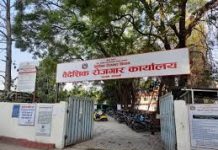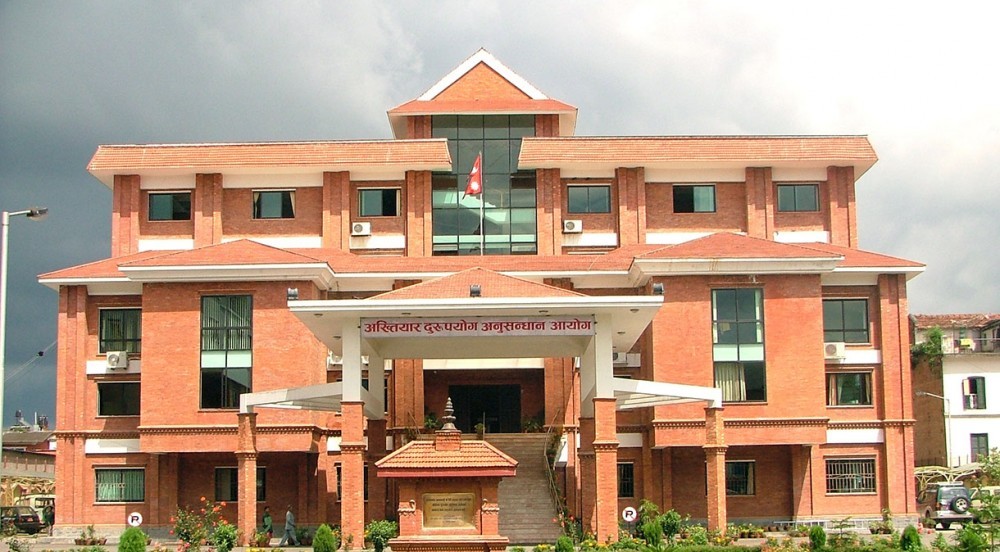Kathmandu, July 22 .Nepal’s ophthalmological health service, education, training, human resources and research has taken a historic leap forward in the international level, with the Nepal Eye Program/Tilganga Institute of Ophthalmology (TIO) getting the ‘WHO Collaborating Centre for Ophthalmology’ recognition.
TIO has become the first such institute to earn this recognition for its 25 years of dedication in the field of ophthalmology and eye care in the country.
The World Health Organization (WHO) presented the certificate of recognition at a programme organized here today. TIO got this recognition for carrying out significant works at the national and international level.
The SAARC Tuberculosis Centre based at Bhaktapur has also got the WHO Collaborating Centre.
WHO Country Representative for Nepal, Jos Vandelaer presented the certificate to TIO chief executive officer Prof Dr Reeta Gurung in the presence of Prime Minister KP Sharma Oli.
WHO has so far recognized 800 centres from 80 countries.
TIO, established in 1994, has so far trained 611 ophthalmologists, 732 ophthalmology health workers, 10,305 community health workers and 6,916 medical students.
Similarly, TIO is in the forefront in ophthalmological research. It has thus far successfully conducted research in 210 projects and published 183 research articles.
The Institute has provided eye care services to more than six million people and conducted cataract surgery on more than 400 thousand people. Ophthalmologists from India, Bangladesh, Pakistan, Bhutan, China, Myanmar, Indonesia, Malaysia, South Korea, Thailand, Argentina, Ethiopia and Ghana have been trained on cataract ophthalmology techniques.
TIO is preparing to introduce the newest technology in cataract surgery – Femtosecond Laser Assisted Cataract Surgery.
The Institute is providing services through 17 community eye care centres and has collected more than 10,000 retinas. It has been handed over the will of more than 85,000 people pledging to donate retina posthumously. TIO has also been producing over five million lens and distributing to 70 countries around the world.
PM pledges support TIO
On the occasion, the Prime Minister pledged the support to the Institute in the days ahead required for its elevation, highlighting its contribution to internationalise the country’s eye service sector, ophthalmology, training, human resource production and research. “This is a significant achievement for Nepal.”
Applauding the Institute’s service to fight against blindness, as he said, in a significant level in a short period of time, he underlined the need of reaching its services to far-flung settlements. Such achievement was not expected by anyone else, he added.
Institute Chief Prof Dr Sanduk Ruit was honoured on the occasion.Deputy Prime Minister and Minister for Health and Population Upendra Yadav shared that a 20-year-old strategy had been implemented to ensure all’s access to eye services.
“All districts have access to eye services, the cases of blindness have been significantly decreased and the production of eye specialists falls under the priority of the ministry,” he said.
Institute chief Dr Ruit and Collaborating Centre Announcement CEO Dr Gurung said the Institute had focused its activities on expanding the eye facilities to the community level, on education, research works and generation of human resources related to the field.
The Institute services covered the treatment of several sorts of eye diseases and problems including glaucoma, shadow or dark curtain in vision, eye cancer and so on.
On the occasion, WHO country representative Dr Vandelaer said the Institute achieved a new success in the area of eye services, education and research.
Ian Wishart, CEO of Fred Hollows Foundation, and Prof Dr Geoff Tabin, co-founder of Himalayan Cataract Project, congratulated the Institute for its success in the respective filed. Lately, Nepal has achieved a success in the prevention of blindness. The number of people with the low-vision issue had come down from 0.84 percent ( 1981) to 0.35 percent in 2010 AD. RSS
















